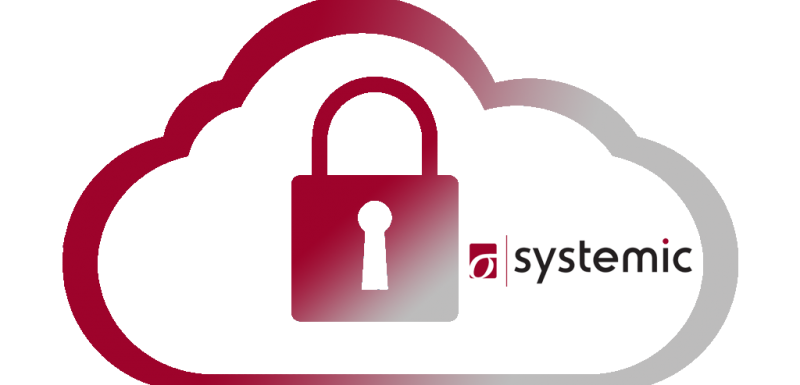Cloud Security and how to make it happen

Each day more and more companies decide to take a step that brings them closer to the cloud. Building a strong shield that will provide security to all the applications and data they move to cloud infrastructures becomes, thus, a prime concern. To create an environment that provides the best possible level of security, one has to bear in mind certain rules and follow some examples of 'best practice'.
- Choose a cloud service provider that has a solid track record in this field
- Make sure your agreed SLAs cover the following:
- the end of business operations
- data disposal
- responding to legal requirements
- backup and tape storage
- cost of shared infrastructure
- reaction to DDoS attacks
- business continuity (data center disaster plan)
- Make sure you understand the security model of your cloud service provider
- You must understand the security architecture of the cloud side to build the proper security on your own side.
- You need to check with your ISP about possible firewall conflicts. Some ISP offerings include packages with additional protection that may prohibit communication with your cloud solution.
- Make sure that the cloud application solution you pick is able to:
- Manage new generation firewalls
- Detect intrusion using multiple tools
- Provide detail logging of your system
- Make sure that all networks have explicit firewall zones, allowing for different security policies to be implemented on the Server Environment and within the Users
- To have better control, allow the following
- Vulnerability analysis by IT team
- Access to the environment log and systems
- Use of log retention and correlation tools
- Demonstrate the process of cryptographic keys (SSL protocols etc.)
- Impose a clear and multi-level Access Control mechanism
- Physical tokens (proximity)
- Password cards
- Digital certificates (SSL)
- Biometry
- SMS password
- Perform penetration tests on the final solution
Read Also

What is best, specialized stand-alone systems or an integrated super system? Argyro discusses pros and cons of each approach.


















